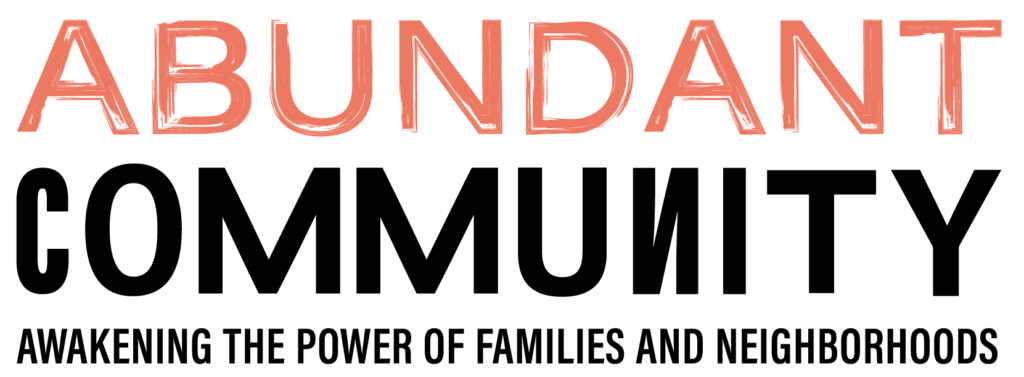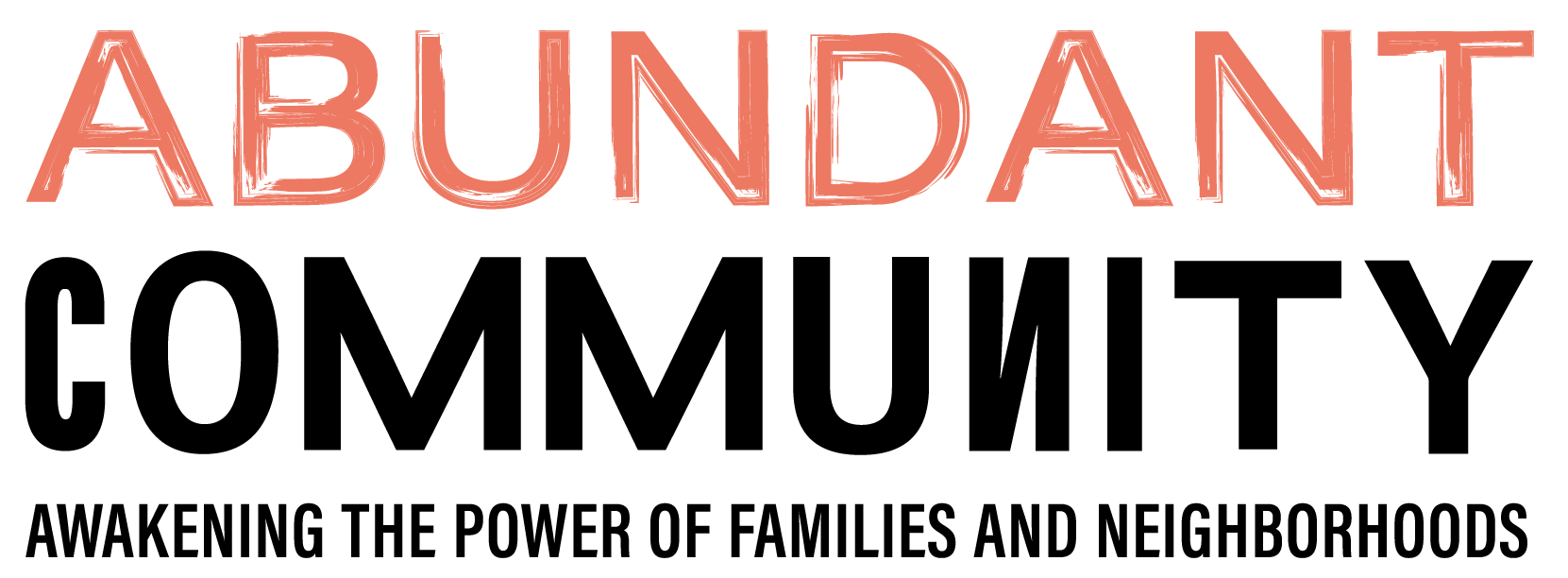In 2011 I was involved in a year-long conversation with a group of active, insightful, and seasoned community builders. I recently wrote a piece on what I thought I heard and learned in our conversations and want to share that written piece with the readers of my “Nurturing Our Taro Patches” column in The Paradise Post.
Communities are essential to the fulfillment of human life in any geographical place or in any social sphere. When communities function well they provide a way for its members to work together to advance the quality of their relationships and connections to build cohesion to improve common measures of health, education, economy, safety, governance, and environment. Vibrant, cohesive, and functioning communities have been an essential part of life in Hawaii and a crucial part of our cultural and historical identity.
Modernization, however, has impacted community life in Hawaii by eroding the cohesion and belongingness once deeply felt into common place experiences of fragmentation, disconnectedness, isolation, and lack of cohesion. This dissolution of community life did not, however, occur suddenly with the onset of “modernization.” Rather, the erosion of community life has been a slow process that occurred over many years. Discernment of and feeling the impact of the erosion of community eludes easy detection. It’s a slow creeping process that lulls us into thinking that all’s well.
We see social, economic, and political problems and feel uneasy, like in a malaise. And, even though we feel that something’s not right, we do nothing, thinking that whatever is the problem, it will pass. The erosion is so slow, in fact, that people are generally not, and maybe are still not, aware that what was once authentic community life has slowly drifted into a new normal that seems to look like and feel like community life but is not. This slow drift into disconnectedness, isolation, and fragmentation as a way of life has many causative strands of influence but it needs to be reversed with a strong and positive upward trend in consciousness and action that says belongingness, connectedness, cohesion, and service to communal purposes are preferable ways of life.
The slow drift into disconnectedness needs to be reversed with a trend toward belongingness, connectedness, cohesion, and service to communal purposes.
Competent, productive, and cohesive communities are vibrant places or social spheres that:
- Honor and respect the human spirit in each individual. Like the late Nana Veary’s grandmother who invited, regardless of surface differences, perfect strangers into her home as a way of honoring the strangers’ human spirit. Similarly, we, by our actions, must stay open to and see beyond surface human differences and welcome anyone, including strangers, into our communities. Aloha must be our way of life without thinking or saying it.
- See that the wisdom and wealth we need reside in ourselves.
- Trust the illimitable power of our communities.
- Act on the belief that communities themselves build from the assets and gifts of their fellow citizens, not from their needs or deficiencies.
- Have leaders who see that leadership is about intention, convening, relatedness, and presentation of choices. Leadership is not a personality characteristic or a matter of style, and it therefore requires nothing more than what all of us already have.
- Have an abundance of citizens who willingly serve the vital role of connectors—people who are not necessarily leaders but adept people who are in the center of the room, often unrecognized and acting in a modest way but always creating new relationships. Connectors know the power in joining people and they find joy in connecting, convening, and inviting people to come together. They contribute to a community’s competence by helping to multiply the connections and associations in places where they live.
- Recognize that professionalized systems are capable of delivering services but only associational life is capable of delivering care.
- Build social capital through maximizing the quality of social relationships and cohesion among fellow citizens.
- Learning is not about getting it right or becoming the expert; it is about creating an environment of conviviality, discovery, and joyfulness.
- Rely on the peoples’ capacity to self-organize, which is the most powerful change process there is. Citizens of such communities believe that the world changes by dint of small groups of dedicated people.
- When trans-local learning happens, when separate local efforts connect with each other, they grow and transform as people exchange ideas that together give rise to new systems with greater impact and influence.
The above are just some of the features that competent, strong, and vibrant communities exhibit. To be sure, there are such communities today in Hawaii but, sadly, they are the exception, rather than the rule. However, there is a rising awareness of the creeping, eroding impact of modernization on communities. In response, organizing efforts have been started to bring into existence communities of all kinds. These individual start-ups are both needed and good. But, to effectively respond to the eroding forces of modernization on communities, these startups and future initiatives need to be enrolled into and connected as an organized MOVEMENT.
Why a movement? A movement can be like a strong tidal surge, powered by physical forces, that pushes inland and changes the landscape along its path. Such a movement is needed today to power and shift people’s consciousness to values and actions that are community centered. A well-formed movement does much to sustain that forward motion along a broad front, constantly keeping community and community actions in the mind and vision of citizens. A movement also gives logic to and a sense of mass by pulling together separate actions into a connected whole with purpose.
A well-formed movement constantly keeps community and community actions in the mind and vision of citizens.
In recent years the drum beat of experts and thoughtful observers on the matter of human and planetary survival has steadily increased in decibel. They warn that fundamental changes in the way we are need to change. They urge us to lessen the “I” and emphasize more “WE” and de-emphasize “self” to see more of the “other” in our lives. Paul R. Ehrlich and Robert E. Ornstein wrote in their recent book Humanity on a Tightrope that the survival of humankind will depend on its capacity to empathize, to put ourselves in the shoes of another. Drawing from the findings of cognitive neuroscience, they say that we are wired for it but need social structures that can draw out, exercise, and reinforce that capacity for empathy. An organized community is one form of social organization that can serve that function by engaging its members in the pursuit of its purposes.
A well-functioning society must be rooted in something deeper than itself: a culture which is most vividly expressed thru certain values in community life. We, however, must realize that competent and beloved communities just don’t happen. They are made and sustained by the work of dedicated citizens. It’s time to organize a movement to make it happen in a way that matters to our survival and fulfillment of our humanity.


